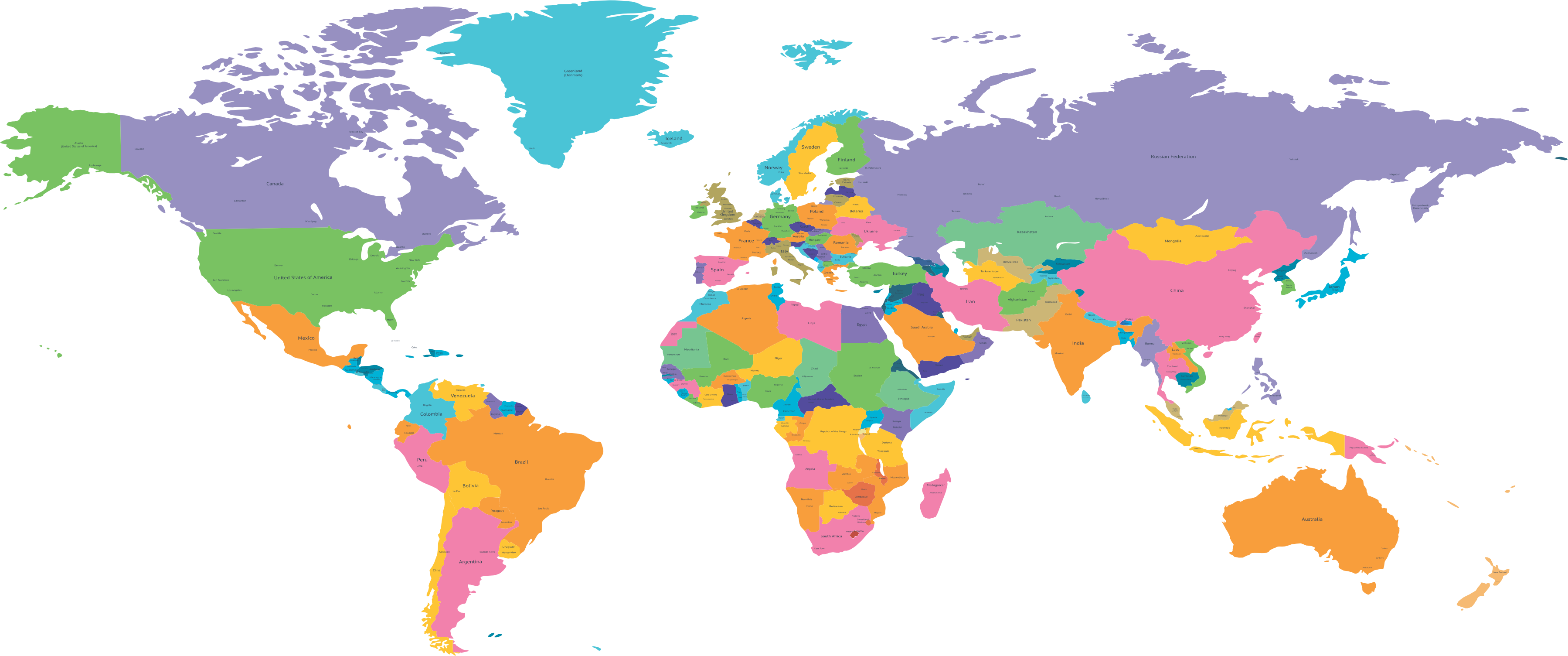Effect of Mother Education on Children's Education and Health in the Urban Areas of District Peshawar
DOI:
https://doi.org/10.62997/rl.2022a.12303Keywords:
Mother Education, Children Education, Health,, Urban Areas, Peshawar, Socio-Economic Conditions, Khyber PakhtunkhwaAbstract
Khyber Pakhtunkhwa is facing the traditional boundaries regarding female education in rural areas. This study investigates the impact of mother education on children's academic achievements and health and suggests measures for improvement in Khyber Pakhtunkhwa. Therefore, any study related to these issues has played a significant role in the development of Khyber Pakhtunkhwa. According to the overall study, the answers to the questionnaire filled by the educated women indicated that mostly the positive effect of the educated woman on her children lies between the percentage ranges of 70% to 85%, and most of the P-value and Chi-square values found significantly associated. Two points are elaborated on in this research. The first one is about the effect of an educated woman on the educational status of her children, and the second one is about the effect of an educated woman on the health of her children. The study found that educated women have a 70% to 85% positive effect on their children's educational status, including class position, good behavior, and socioeconomic status. The research indicates that higher maternal education positively impacts children's educational status, with significant associations between P-value and Chi-square values. The study found that educated women positively impact children's health by promoting good eating habits, vaccinations, and polio drop courses, with a 70% to 85% positive effect. The study indicates that higher maternal education positively impacts children's health, with significant associations between P-value and Chi-square values.
References
Alvi, H. (2009). Pakistani Women in a Changing Society. http://ourworld.compserve.com/homepages/sangat/pakwomen.htm.
Azmat, G., Güell, M., & Manning, A. (2006). Gender gaps in unemployment rates in OECD countries. Journal of Labor Economics, 24(1), 1–37. https://doi.org/10.1086/497817
Behrman, J. R., Foster, A. D., Rosenweig, M. R., & Vashishtha, P. (1999). Women’s schooling, home teaching, and economic growth. Journal of Political Economy, 107(4), 682–714. https://doi.org/10.1086/250075
Bibi, L.( 2013). Role of education in the economic empowerment of Rural Women in District Muzaffarabad Azad Jammu and Kashmir. University of Agriculture, Institute of Development studies Faculty of Rural Social Sciences.
Boheim, R & T. P. Mark (2002). Job Search Methods Intensity and Success in Britain in the 1990, work paper no. 0206. Linz department of economics Johannes Kepler University of Linz.
England, P., Garcia-Beaulieu, C., & Ross, M. L. (2004). Women’s Employment among Blacks, Whites, and Three Groups of Latinas. Gender & Society, 18(4), 494–509. https://doi.org/10.1177/0891243204265632
Ferdoos, A. (2001). Social Status of Urban Working Women in Pakistan. Der University Osnabruck.pp.46-53. Thesis Dissertation.
Gabrielson, L.( 2010). Maternal Schooling in Pakistan: The Girl Effect in Action. Global majority E-Journal, 1(2), 60-73. https://www.american.edu/cas/economics/ejournal/upload/gabrielson_accessible.pdf
Javed, Z.H., B.A Khilji and M. Mujahid (2008). Impact of education on socio-economic status of villagers life: A case study of Shrien Wala village of Faisalabad District. Pakistan Economic and Social Review. 46(2), 133-146.
Kabeer, N. (2005). Gender Equality and Human Development: The Instrumental Rationale, New York, NY: United Nations Development Program (UNDP), 73 Human Development Report Office, Occasional Paper, No. 2005/31.
Khalid, H. S., & Mukhtar, E. M. (2002). The Future of Girl’s Education in Pakistan (A study on Policy Measures and Other Factors Determining Girl’s Education)(Islamabad, Pakistan: UNESCO Office Islamabad, August).
McCaslin, M., & Scott, K. W. (2015). The Five-Question Method for framing a qualitative research study. The Qualitative Report. https://doi.org/10.46743/2160-3715/2003.1880
McDaniel, C., Jr, & Gates, R. (2009). Marketing Research Essentials. Wiley.
Mortenson, G., & Relin, D. O. (2007). Three cups of tea: One Man’s Mission to Promote Peace . . . One School at a Time. National Geographic Books.
Punch, K. F. (2005). Introduction to social research: Quantitative and Qualitative Approaches. SAGE.
Schular, S. (2002). Measuring Women Empowerment as a Variable in International Development. Background Paper Prepared for the World Bank Workshop on Poverty and Gender.vol.25 (2) Pp. 65-76.
Tewksbury, R., DeMichele, M., & Miller, J. M. (2005). Methodological orientations of articles appearing in criminal justice’s top journals: Who publishes what and where. Journal of Criminal Justice Education, 16(2), 265–279. https://doi.org/10.1080/10511250500082278
Tornqvist , A. & C. Schmitz (2010). Women’s Economic Empowerment: Scope for Sida’s Engagement, Swedish International Development Cooperation Agency (SIDA) Working Paper, and pp.no 76-80 IDA, Stockholm.
Usha, S. (2001). Women’s Emancipation: Authorpress. Delhi. India. Pp. 22-24.




